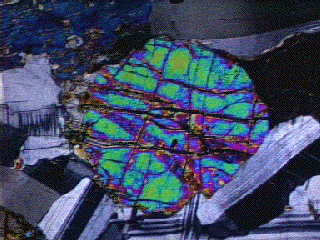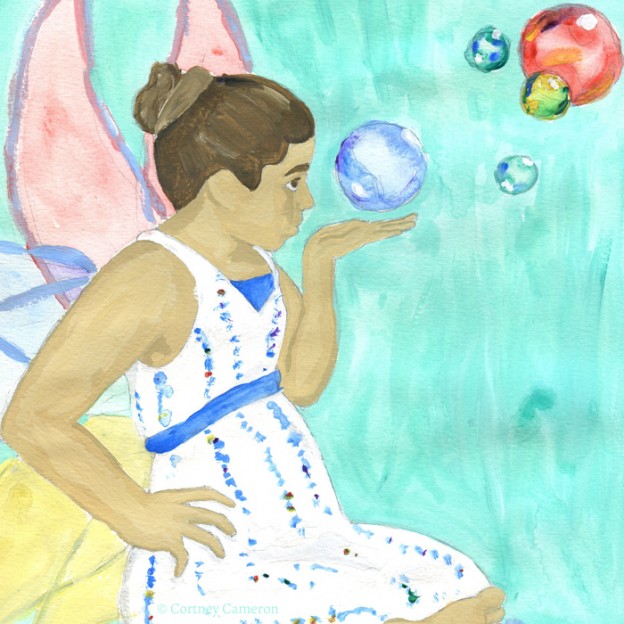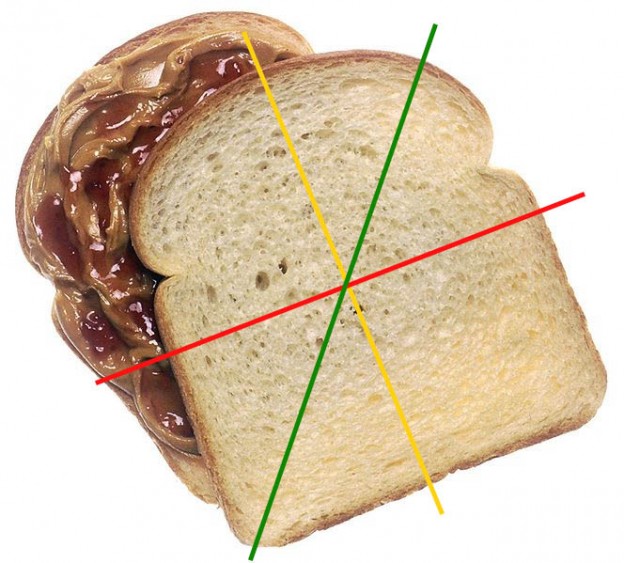The following list contains the websites I visited most often when I studied optical mineralogy; these sites saved my butt on more than one occasion! A lot of the sites overlap in information, but sometimes a particular site had that key picture or explanation that was essential for me in understanding a concept. I've organized the sites into two groups depending on whether they focus on explaining mineralogy properties or identifying specific minerals. (Image from Geoffrey Clarke.)
12 great intro to optical mineralogy resources [updated]
Very awesome animated map of current global wind conditions
Head on over to earth.nullschool.net to see animated global wind conditions and be prepared to spend a few minutes just staring; it's very hypnotic. How does it stack up to what you would expect wind patterns to look like? One thing that popped out to me was the clearly northward position of the ITCZ relative to the equator. Read more →
Unbricking a soft-bricked Samsung Note 8.0 (and then rooting it!)
I soft-bricked (the device would still power on and flash the Samsung screen before going dark) my Samsung Note 8.0 a few months ago after attempting to root it. After many hours of attempting to fix it, I decided to sell it on Craigslist. When people tried to lower my price to ridiculous levels, I ended up trying to fix it again. This is what I did to recover stock settings (note that the binary was still being recognized as official). And when you're ready to try rooting your device again, head over to Unlockr for a super-easy method that worked for me.
At my house, I wear the pants
A fun design for all of the kickass EMT and paramedic women out there. I think EMT pants are one of the most iconic parts of the medic uniform and sexy to boot. Email me if you're interested in a high res copy.
Read more →
The fall fairy (Angelicae autumnae)
The fall fairy forms within a growing deciduous tree; her wings perfectly imitate its leaves. She hibernates in the tree for eight months of each year, coming out only when autumn arrives. She then carefully tends to the tree for the onset of winter; she colors leaves and prepares them to fall off. Fall fairies often congregate within friendly-faced jack-o-lanterns to enjoy the warmth of conversation and candle flame. They love candy corn and enthusiastically deplete its stocks on Halloween. Read more →
The bubble fairy (Angelicae bullae)
Apparently I never made a description for this one. Might have to do that! :) Read more →
The dandelion fairy (Angelicae taraxacae)
Dandelion fairy (Angelicae taraxacae). The dandelion fairy’s hair, identical to the wispy white feathers of the flower’s seeds, disguises her while she lives in the dandelion’s center. When a person makes a wish and blows on the flower, she discreetly floats out with the dispersing seeds, and carries the wish to heaven. Sometimes, a particular wish will move a dandelion fairy so much, she decides to grant the wish herself rather than deliver it to the haphazard whims of the heavens. Read more →
Whale sharks: like a sir
According to Wikipedia: "Known as a deity in a Vietnamese culture, the whale shark is called Ca Ong, which literally translates as Sir Fish." After reading this, an image of the whale shark posing in the "Like a sir" meme dressings immediately popped into my head. As if whale sharks weren't cool enough.
Better image below the fold.
The best way to cut a sandwich
Have you ever held a knife over your lovingly-prepared peanut-butter-and-jelly or ham-and-cheese sandwich, and then couldn't decide which angle to go at it from? Here I make the case that diagonal cuts are superior. Read more →
Sponging dolphins: cute & clever
Did you know that dolphins use tools, and look adorable while doing so?
Bottlenose dolphins in Australia's Shark Bay like to snack on seafloor-dwelling fish (like sandperch), a food choice that presents two problems. First, these fish lack swimbladders and therefore cannot be echolocated effectively; second, the substrate they inhabit is scattered with sharp rocks and shells, which obscure the fish and conspire to injure a dolphin's nose. One group of dolphins came up with a clever way to enjoy their benthic prey: they harvest sponges and wear them on their faces. The sponge protects the dolphin's rostrum while it digs around in the seafloor, until it runs into a fish and scares it out of the ground to be eaten. After about an hour, when the sponges become too worn down to serve as a shield, the dolphins replace them with fresh ones. Furthermore, the dolphins pass the knowledge of sponging on from generation to generation. Read more details in this scientific paper.










